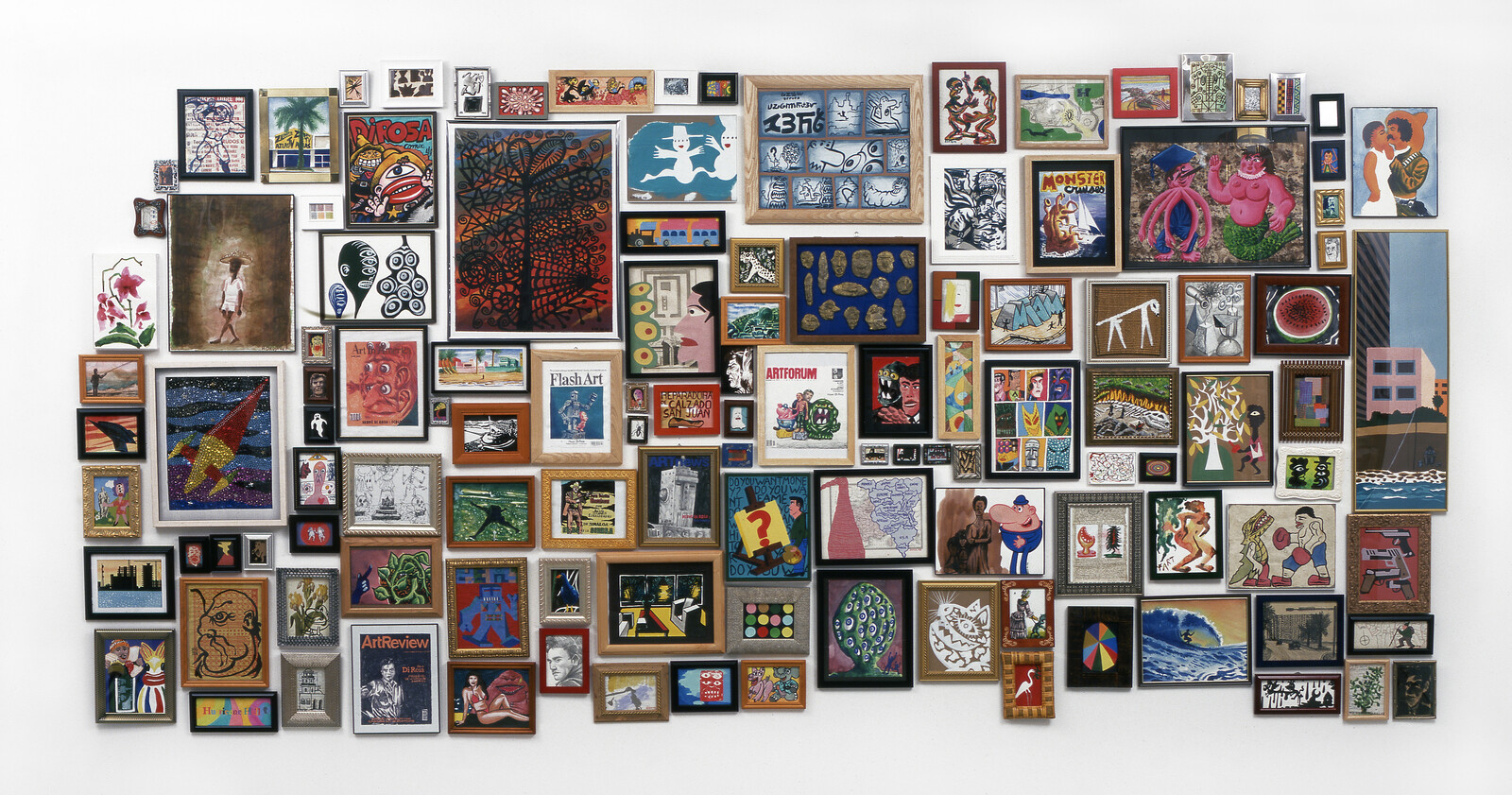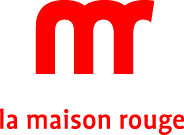October 22, 2016–January 22, 2017
10 boulevard de la bastille
75012 Paris
France
Hours: Wednesday–Monday 11am–7pm,
Thursday 11am–9pm
T +33 1 40 01 08 81
F +33 1 40 01 08 83
info@lamaisonrouge.org
Plus jamais seul, Hervé Di Rosa and the modest arts is the latest in La maison rouge’s cycle of exhibitions showing private collections. Following on from Arnulf Rainer in 2005 and Jean-Jacques Lebel in 2010, this is the third time the foundation has invited an artist to present his own work in the light of works and objects he has collected.
A prominent figure of the art scene and a major protagonist of Free Figuration, since the 1980s Hervé Di Rosa (born 1959 in Sète) has campaigned for recognition of modest art, which he says “has ties with popular art, primitive art, art brut, but is also more than that. It takes in mass-produced objects just as much as one-offs, most with little monetary value but vast emotional worth. Beyond the critic’s view, the notion of good or bad taste, or aesthetic rigour, admirers of modest art are joined in a spontaneous, of-the-moment delight that is tinted with childhood memories and simple, non-theorised pleasures.” In 2000 he opened the Musée International des Arts Modestes (MIAM) in Sète. The museum’s director since its opening, this is where, exhibition after exhibition, he reveals the multiple facets of this modest art.
The exhibition at La maison rouge, which will take in developments in Hervé Di Rosa’s work since the early 1980s, will emphasise the important role this art plays in his practice.
While the paintings of Matisse, Picabia and Dubuffet have captured his interest and brought inspiration, his work is also filled with references to comics, fanzines and cartoons. This use of colourful, illustrative imagery and the incorporation into his work of comic-strip techniques would bring him, together with his then companions, Robert Combas, François Boisrond and Rémi Blanchard, to public attention as the advocates of Free Figuration. A huge comics fan, Hervé Di Rosa has amassed several thousand titles; these and the comic figurines he also collects line the walls of his Paris studio.
Hervé Di Rosa’s practice is bound up with his travels and the works, objects and methods he encounters and brings back with him, feeding on them to develop new ways of working and to produce new forms: tempera and gold-leaf painting in Sofia, Bulgaria; wood bas-reliefs and lost-wax bronzes in Foumban, Cameroon; painting on wood in Kumasi, Ghana; tree of life sculpture in Mexico; lacquer in Vietnam… The exhibition will show a selection of these pieces and associate certain of them with the works from which they are drawn.
Beyond its retrospective nature, the exhibition will thus familiarise visitors with Hervé Di Rosa’s numerous collections, and demonstrate their importance in his work.
Selected dates:
1959: born in Sète
1978: began studies at ENSAD in Paris
1984: 5/5 Figuration libre France-USA at MAMVP showed works by Di Rosa, R. Blanchard, R. Combas, F. Boisrond, L. Jammes, J.M. Basquiat, K. Haring, Crash, K. Scharf and Tseng Kwong Chi
1988: Viva Di Rosa, solo show at MAMVP
1989: Hervé Di Rosa opened two modest art stores in Paris where he showed his own work, produced in large series at affordable prices, together with that of art brut and comic-strip artists such as Willem Van Genk and Wolinski who were rarely shown by Parisian galleries
1993: began his Tour du Monde (World Tour), a long-term project to produce works in the countries he visited that would reflect local culture and means of expression
1997: Musée de l’Objet in Blois staged the first exhibition of Hervé Di Rosa and modest art
2000: Musée International des Arts Modestes (MIAM) opened in Sète, showing Hervé Di Rosa’s own collection of modest art and that of Bernard Belluc—the two met in 1990—compiling thousands of disparate objects, gadgets and everyday treasures. For the past 16 years, MIAM has hosted international exhibitions which draw a wide audience and have genuinely extended the art world’s field of vision.
2013: Musée du Quai Branly in Paris staged an exhibition on Hervé Di Rosa’s travels


